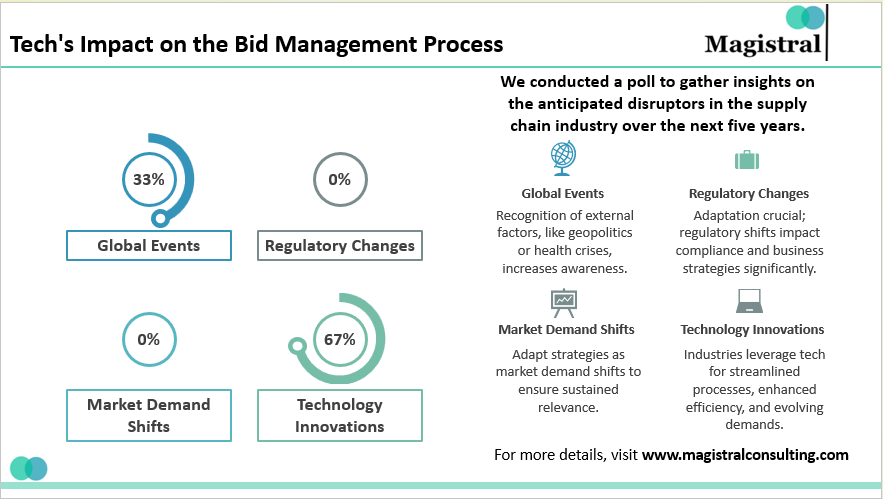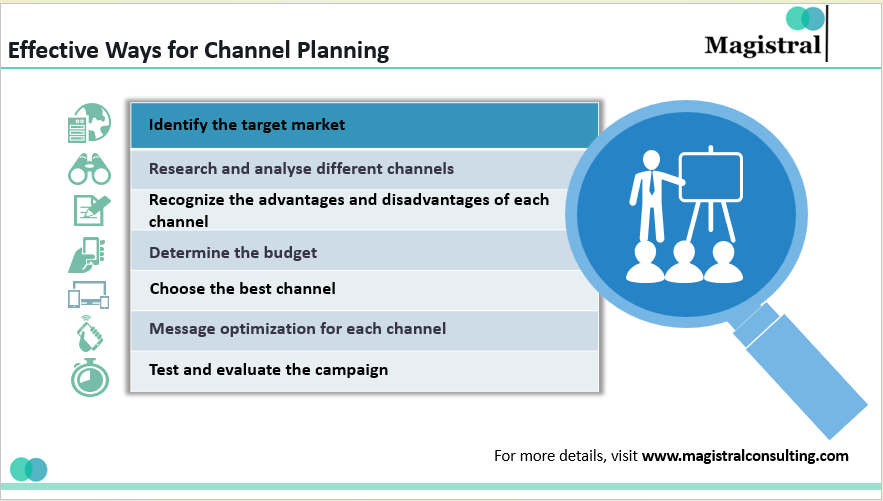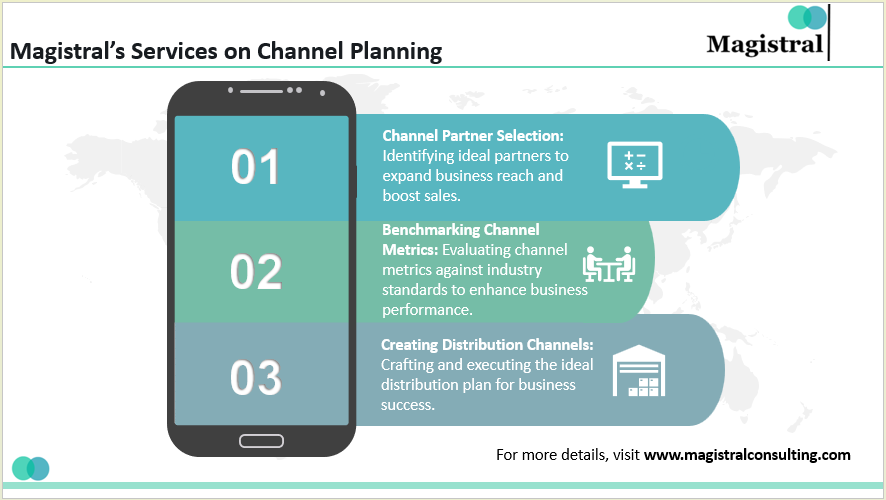Introduction
The bid management process is like picking the right team for a job. In organizations, it’s a must for most contracts to make things fair. It starts by figuring out what’s needed and making a plan. Then, we find and check if companies can do the job. We share the job details, like what’s needed and when. Companies then tell us how they’d do it. We look at their offers, considering the price, quality, and how well they did before. After that, we talk about the deal, and if everything is okay, we give them the job. Doing this process well helps save money, makes sure the job is done right, and makes things faster. It’s like a friendly competition that encourages new ideas and teamwork between companies and the organization. In today’s changing world, making this process work well is super important for things to go smoothly and be successful.
The bid management process is the methodical process of requesting, assessing, and granting contracts to suppliers. It is a multifaceted process that calls for careful planning, smart judgment, and efficient implementation. Securing competitive bids leads to cost savings for firms with an efficient bid management procedure in place. Organizations can lower procurement expenses by negotiating advantageous terms through supplier competition.
Tech’s Impact on the Bid Management Process
Recently, we conducted a poll to gather insights on the anticipated disruptors in the supply chain industry over the next five years. A significant majority, comprising 67% of respondents, identified technology innovations as the most impactful factor. This underscores the industry’s growing reliance on technological advancements to streamline processes, enhance efficiency, and meet evolving demands. These demands make a huge impact on the entire bid management process. The dominance of technology as a disruptor aligns with the ongoing digital transformation sweeping across supply chain operations.

Tech’s Impact on the Bid Management Process
Global events emerged as another notable disruptor, with 33% of respondents acknowledging their potential to shape the industry landscape. This recognition reflects the awareness of external factors, such as geopolitical changes, natural disasters, or global health crises, like COVID-19, that can significantly influence the supply chain. The absence of votes for regulatory changes or market demand shifts suggests that, at least according to the polled audience, the primary forces of disruption are expected to originate from technological advancements and external global events.
In conclusion, the poll results highlight a consensus among respondents regarding the transformative impact of technology on the supply chain industry in the coming years which will impact the entire bid management process. This underscores the need for industry players to stay agile, embrace innovation, and proactively adapt to technological shifts to ensure resilience and competitiveness in the market.
The Stages of the Bid Management Process
The bid management process is an integral part of the procurement cycle within the supply chain. It begins with the identification of a need or requirement within the organization, triggering the initiation of a bid. This need could range from sourcing raw materials, acquiring services, or procuring finished goods. The ultimate goal is to select a supplier or vendors who can fulfil the requirement most cost-effectively and efficiently.

Magistral’s Services on the Bid Management Process
Assessment and Planning:
A buyer notifies the market of the terms of the contract they are acquiring by releasing a contract notice. Interested organizations can keep an eye on contract notices until they find something that would be beneficial to their company.
Identification and Prequalification:
Businesses that want to submit a proposal for the contract need to register their interest and obtain the entire tender package. This will contain the complete details of the contract as well as the invitation to tender that they must reply to. Read these materials carefully because each tender is unique, contingent on the contract in question and the evaluation criteria.
Document Preparation:
Read and comprehend all of the contract documents, and if there are any unclear points, ask the buyer for clarification. You must communicate with the buyer through an internet site, which is used for almost all public sector procurement procedures. At this point, it could also be beneficial to compare your company to any potential competitors and perform market research.
Communication:
Commence the Bid Drafting Process! Once the preceding steps are completed, whether you’re managing the bid in-house or through a professional bid writing service, the next phase involves crafting your responses. It’s crucial to prioritize the buyer’s explicit requirements over your own proposed ideas for the proposal.
Submission and Evaluation:
The contribution must be completed by the deadline and by any specific instructions; confirm whether an email or hard copy version is also needed. You will get a notification of the result of your bid, along with a summary of the successful bids and contracts granted, in due time. Typically, this will come in the form of an email and be accessible to you through the portal. Although it is typical for the award decision to be postponed, make sure you stay informed about any updates from the authority so you are prepared for this and know when the contract bid may begin. Regardless of the outcome of your offer, consistently seek input to facilitate ongoing enhancements for the subsequent bidding procedure.
Negotiation:
To settle on terms and conditions, knowledgeable negotiators from these businesses speak with the best suppliers at the end of the bid management process. Achieving mutually beneficial agreements is the aim in order to successfully award contracts.
Magistral’s Services on Bid Management Process
Magistral Consulting is an expert at offering complete Bid Management Process Services, which improves the effectiveness and outcome of procurement projects. Our skilled team starts the process with a thorough needs analysis and strategic planning, working with multiple departments to specify precise needs and goals. By utilizing our experience, we find and screen possible suppliers, making sure that only trustworthy and competent partners participate in the tendering process.
Magistral Consulting specializes in creating comprehensive bid documents that provide a well-defined structure comprising technical specifications, delivery schedules, and quality standards. Our outreach and strategic communication initiatives draw in a wide range of competent providers, creating a competitive atmosphere for the best results. Our team carefully considers each offer as it is received, using unbiased standards including cost, value, and previous performance.
Review the entire bid management process:
We go over the tender documents that you need assistance with and assist you in comprehending the buyer’s specific requirements. This could be an invitation to tender (ITT) or a pre-qualification questionnaire (PQQ).
Consultation and Support:
At this point, if necessary, we can provide guidance and support on the decision to submit a bid or not, as well as assist in navigating and clarifying any particular specifics found in the tender materials.
Proposal Development:
In our summary, we use what we learned from researching the market to show we understand the customer’s business. This helps us make plans that fit their needs well. The summary is a useful tool, even when there are strict requirements. It helps us create a detailed plan. By using what we know about the customer, we make sure our ideas and strategies match what the customer needs. This way, we show we’re committed to providing solutions that work for our customers. We include case studies, and testimonials too.
Competitor Analysis:
We carefully analyse each prospect to make sure we come up with a valuable offer, especially when we notice a competitor excelling in areas important to the customer or when facing a strong local competitor.
Spot opportunities:
We understand that identifying the right opportunities to bid for begins with knowing where to find them. Online tender portals are numerous, and we ensure we are registered with the ones that align with our line of business or customer base.
Refine choices using bid/no-bid:
Now, as opportunities come our way, our next move involves establishing checks to ensure rational decisions prevail over emotions – this is what we refer to as the bid/no bid process. We prioritize dedicating our valuable time and resources to bids where we have a realistic chance of winning.
About Magistral Consulting
Magistral Consulting has helped multiple companies to reduce operations costs through its offerings in Procurement and Supply Chain.
For setting up an appointment with a Magistral representative visit www.magistralconsulting.com/contact
About the Author
The article is authored by the Marketing Department of Magistral Consulting. For any business inquiries, you can reach out to prabhash.choudhary@magistralconsulting.com














